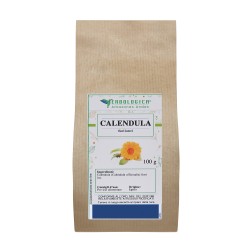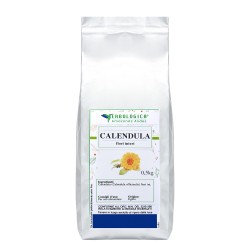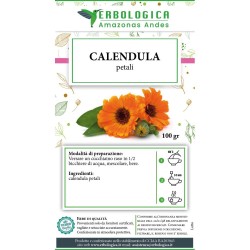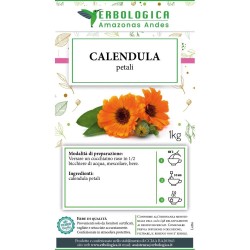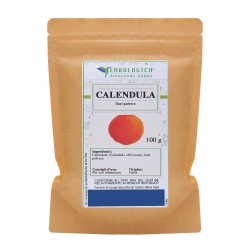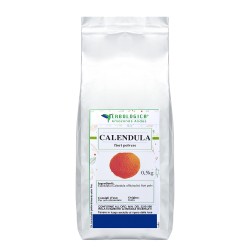
Calendula officinalis e la sua naturale azione lenitiva
Un rimedio tradizionale che accompagna la cura naturale della pelle
La Calendula officinalis è una delle piante più riconosciute in erboristeria per la sua delicata azione lenitiva.
Con il suo colore solare e il profumo caldo, è da secoli un punto di riferimento per chi cerca sollievo naturale e un approccio semplice al benessere della pelle.
Un fiore solare dalle caratteristiche uniche
La calendula è una pianta che cresce in modo spontaneo nelle zone temperate e fiorisce a lungo, seguendo il ritmo del sole.
I suoi fiori, vivaci e profumati, sono la parte più preziosa dal punto di vista erboristico.
La tradizione la considera una pianta gentile, adatta a pratiche quotidiane di cura, grazie alla presenza naturale di carotenoidi e flavonoidi.
Nel nostro shop puoi trovare calendula fiori tisana e calendula petali taglio tisana nei formati da 100 g, 500 g e 1 kg.
La sua azione lenitiva sulla pelle
L’uso più comune della calendula riguarda la pelle sensibile.
I fiori essiccati vengono impiegati per preparare infusi leggeri utili come base per impacchi o risciacqui.
Il profilo aromatico morbido e le sue caratteristiche naturali la rendono una pianta apprezzata per donare una sensazione di comfort alla pelle arrossata o stressata.
La calendula fiori in polvere, disponibile nel nostro shop in confezione dedicata, è spesso utilizzata per preparazioni artigianali per il corpo.
La calendula nelle pratiche quotidiane
Integrare la calendula nella routine è semplice.
Una tisana a base dei suoi fiori può accompagnare momenti di calma, mentre i petali essiccati possono essere utilizzati per realizzare infusioni da applicare esternamente.
I fiori essiccati, grazie alla loro consistenza delicata, sono ideali per preparare oli erboristici fatti in casa o per miscele aromatiche.
Da noi puoi trovare calendula fiori tisana e calendula petali in più formati, adatti sia a usi occasionali sia a preparazioni regolari.
Idee pratiche per utilizzare la calendula
Un’infusione concentrata di calendula può essere lasciata raffreddare e utilizzata come risciacquo dopo la detersione serale.
I petali si prestano bene a essere combinati con altre erbe delicate come camomilla o malva, creando preparazioni leggere e profumate.
Anche l’olio erboristico ottenuto macerando i fiori in un olio vegetale è una tradizione ancora oggi molto diffusa nelle pratiche naturali.
Per entrare più in profondità nell’uso cosmetico naturale della calendula, può esserti utile anche:
• Maschera viso lenitiva con malva e calendula
• Crema viso nutriente con rosa mosqueta e calendula fai-da-te
Domande frequenti
La calendula è adatta alla pelle sensibile?
Sì, è tradizionalmente utilizzata per la sua azione lenitiva.
Come si usa l’infuso di calendula?
Si può bere come tisana oppure applicare esternamente una volta raffreddato.
Si può combinare con altre erbe?
Sì, si abbina bene a camomilla, malva o lavanda.
La calendula in polvere a cosa serve?
È spesso impiegata per preparazioni naturali per il corpo e il viso.
I fiori possono essere usati più volte?
Meglio prepararli freschi ogni volta per mantenere la loro naturale delicatezza.
Contenuto esclusivo per erbologica.it – aggiornato a dicembre 2025


